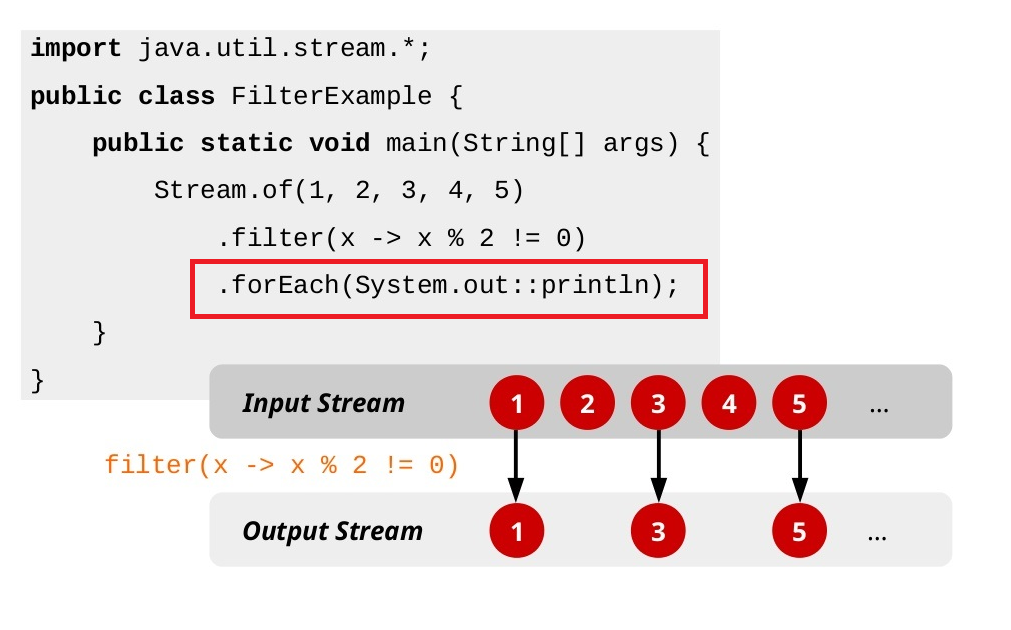

There are many advantages to having a Lower-Dimensional space representations while preserving spatial information in the same coordinate space as the sampled High-Dimensional space.
#Tsne new method map classification code
# This is done with the following code from sklearn.manifold import TSNE X = np.array(,, ]) X_embedded = TSNE(n_components=1).fit_transform(X)

One easy way of using tSNE in python is with the sklearn package: from sklearn.manifold import TSNE # sample data set X = np.array(,]) X_embedded = TSNE(n_components=1).fit_transform(X) The tSNE algorithm works to preserve the linear spatial relationships in the higher space, whereas some clustering algorithms such as what is used in a Radial Basis Function network try to augment the spatial relationships such that the new space is linearly separable, such as a solution to the XOR logic problem. The focus of many clustering algorithms is to identify similarity in a high-dimensional dataset in such a way that dimensionality can be reduced. Whereas PCA uses linear algebra concepts to construct a new dimensional space of orthogonal vectors, tSNE uses a simpler to understand, repel/attract approach to map points from high-dimensional space into lower dimensional space. TSNE, (t-distributed stochastic neighbor embedding) is a clustering technique that has a similar end result to PCA, (principal component analysis). After we have our 1-D representation, we can implement algorithms to enable constant time searches with things like set membership operations. In this post, we will first look at how tSNE dimensionality mappings can be used on the truth table logic dataset, then we will bring the same concepts to map Lat/Lng coordinates into one dimensional space.


 0 kommentar(er)
0 kommentar(er)
